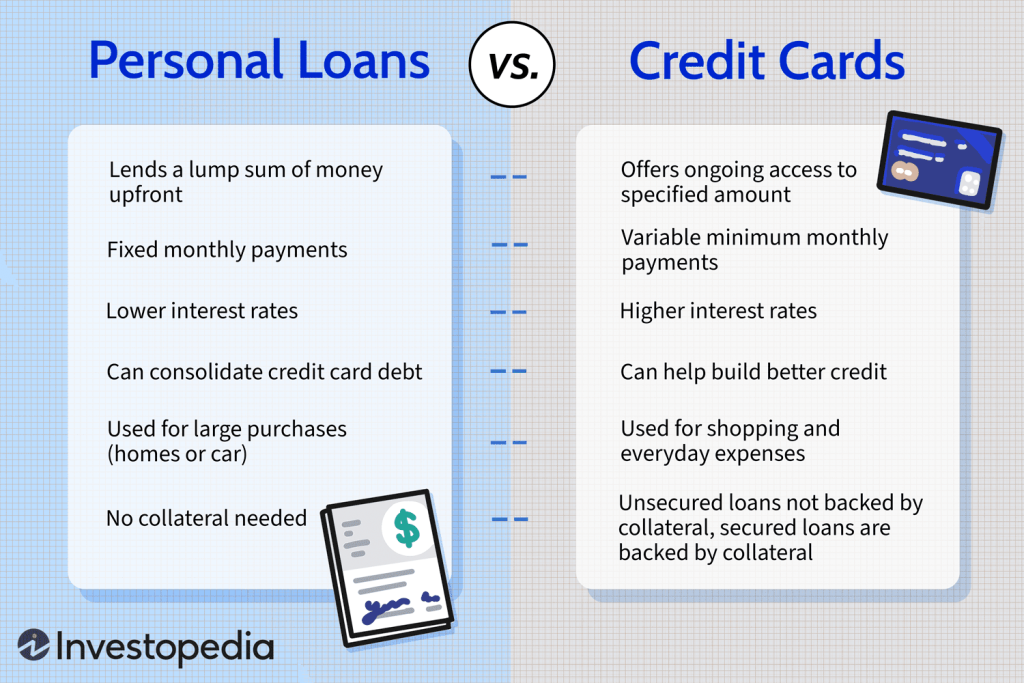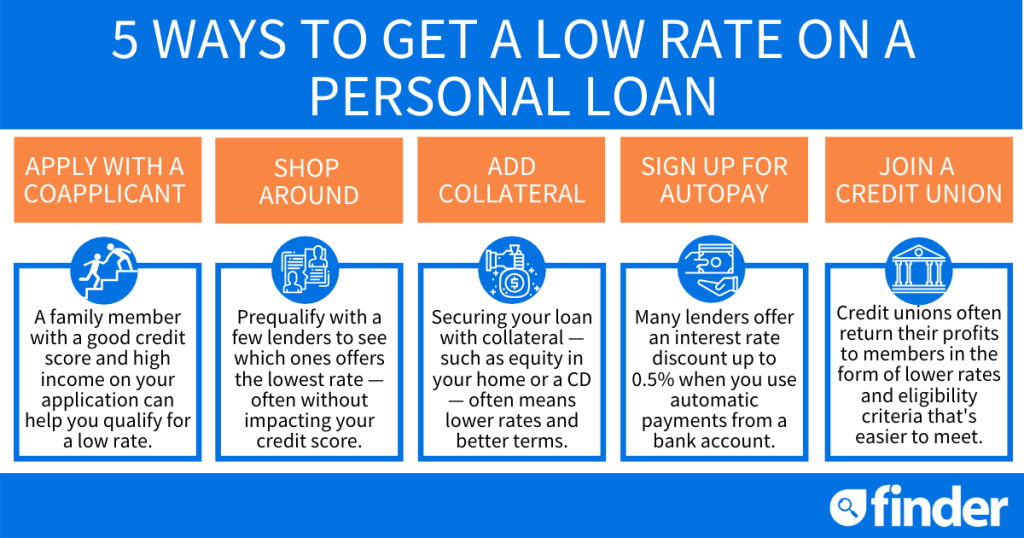Image Source: FreeImages
Introduction
Personal loans have become an increasingly popular financial tool for individuals looking to meet various financial needs. However, understanding the current interest rate trends is essential for borrowers to make informed decisions. In this article, we will delve into the recent developments in personal loan interest rates, explore the factors influencing these rates, and provide valuable insights for borrowers seeking the best loan options. Let’s explore Personal Loan Interest Rates: A Comprehensive Analysis.
The Fluctuating Landscape of Personal Loan Interest Rates
Over the past few weeks, personal loan interest rates have experienced a significant shift. After a continuous upward trend, rates have reversed course, dropping by 8 basis points. This change is a welcome relief for borrowers, as the average interest rate for personal loans now stands at 21.68%[^1^].
A Brief Analysis of Credit Quality
Examining the average interest rates across different credit tiers reveals interesting insights. Rates for those with excellent, good, and poor credit have dropped by 50, 9, and 148 basis points, respectively. However, rates for fair credit have increased by 39 basis points[^1^].
The net effect of these mixed rate movements across the four credit tiers resulted in an overall decrease of 8 basis points for the average personal loan interest rate[^1^].
Average Personal Loan Rates by Lender
It is crucial for borrowers to explore the available options to find the best personal loan for their specific needs. Let’s take a look at some of the leading lenders in the market and their corresponding average APRs, loan terms, and loan amounts:
| Lender | Average APR | Average Loan Term (Months) | Average Loan Amount |
| Avant | 29.13% | 36 | $10,901 |
| Best Egg | 23.45% | 47 | $15,666 |
| Citibank | 13.10% | 37 | $26,000 |
| Discover | 16.49% | N/A | $21,250 |
| Happy Money | 15.65% | 46 | $29,845 |
| LendingClub | 16.31% | 42 | $19,038 |
| LendingPoint | 27.29% | 44 | $10,417 |
| LightStream | 13.32% | 69 | $30,410 |
| OneMain Financial | 28.46% | 46 | $7,910 |
| Prosper | 21.61% | 46 | $14,238 |
| Reach Financial | 23.41% | 42 | $18,231 |
| Universal Credit | 22.52% | 46 | $12,468 |
| Upgrade | 23.82% | 47 | $15,386 |
| Upstart | 28.98% | 52 | $9,714 |
| All Lenders Above | 21.68% | 46 | $17,248 |
Data sourced from Investopedia[^1^]
Understanding the Relationship Between the Federal Reserve and Personal Loan Rates

The Federal Reserve plays a significant role in shaping interest rate trends, including those of personal loans. However, it is important to note that the Federal Reserve’s decisions are not the sole determining factor for personal loan rates. Competition within the lending market also influences these rates.
The Impact of Federal Reserve Decisions
In recent years, the Federal Reserve has implemented a series of interest rate hikes to combat high inflation rates. Between March 2020 and 2023, the federal funds rate experienced 11 rate hikes, with increases ranging from 0.25% to 0.75%[^1^].
The most recent Federal Reserve meeting on November 1 resulted in a decision to hold rates steady. The upcoming meeting on December 13 is also expected to maintain stability, with the majority of futures traders predicting no further rate increases[^1^].
The Role of Competition in Personal Loan Rates
While the Federal Reserve’s actions impact personal loan rates, competition among lenders is a crucial factor as well. Throughout 2022 and into 2023, demand for personal loans has increased significantly. To remain competitive, lenders have had to aggressively compete by offering lower interest rates. This intense competition has prevented personal loan rates from rising at the same pace as the federal funds rate[^1^].
Predicting the Future Trend of Personal Loan Rates
The future trend of personal loan rates relies on a combination of factors, including Federal Reserve decisions and market competition. If the Federal Reserve raises the federal funds rate in December 2023, personal loan rates may also experience upward movement. However, due to the fierce competition within the lending industry, the impact of a rate increase may be dampened, resulting in rates remaining relatively stable[^1^].
Making Informed Borrowing Decisions
When it comes to personal loans, it is always wise to shop around and compare different lenders to find the most favorable interest rates. Even a slight difference in interest rates can lead to substantial savings over the loan term. By investing time in researching and comparing options, borrowers can secure the best loan terms available[^1^].
The Benefits of Fixed-Rate Personal Loans

Personal loans typically come in fixed-rate formats, allowing borrowers to know the exact amount they will repay over the loan term. This stability provides peace of mind and helps with financial planning. Unlike credit card rates, which often fluctuate, fixed-rate personal loans offer borrowers a clear understanding of their repayment obligations[^1^].
Exploring Alternatives to Personal Loans
While personal loans can be a valuable financial tool, it is important to consider alternatives to avoid unnecessary debt. Reducing spending and building an emergency fund are effective strategies to minimize the need for personal loans. By taking proactive steps to manage finances, individuals can avoid relying on additional loans to meet unexpected expenses[^1^].
How People Utilize Personal Loans
Investopedia conducted a survey to gain insights into how individuals use personal loan proceeds and their intentions for future borrowing. The survey, encompassing 962 U.S. adults, revealed that debt consolidation was the most common reason for borrowing, followed by home improvement and other significant expenditures[^1^].
Conclusion
Understanding the current landscape of personal loan interest rates is crucial for borrowers seeking the best loan options. By analyzing recent trends, exploring lender offerings, and considering factors like Federal Reserve decisions and competition, borrowers can make informed decisions to secure favorable loan terms. Additionally, exploring alternatives to personal loans and managing finances wisely can help individuals avoid unnecessary debt and achieve financial stability.
